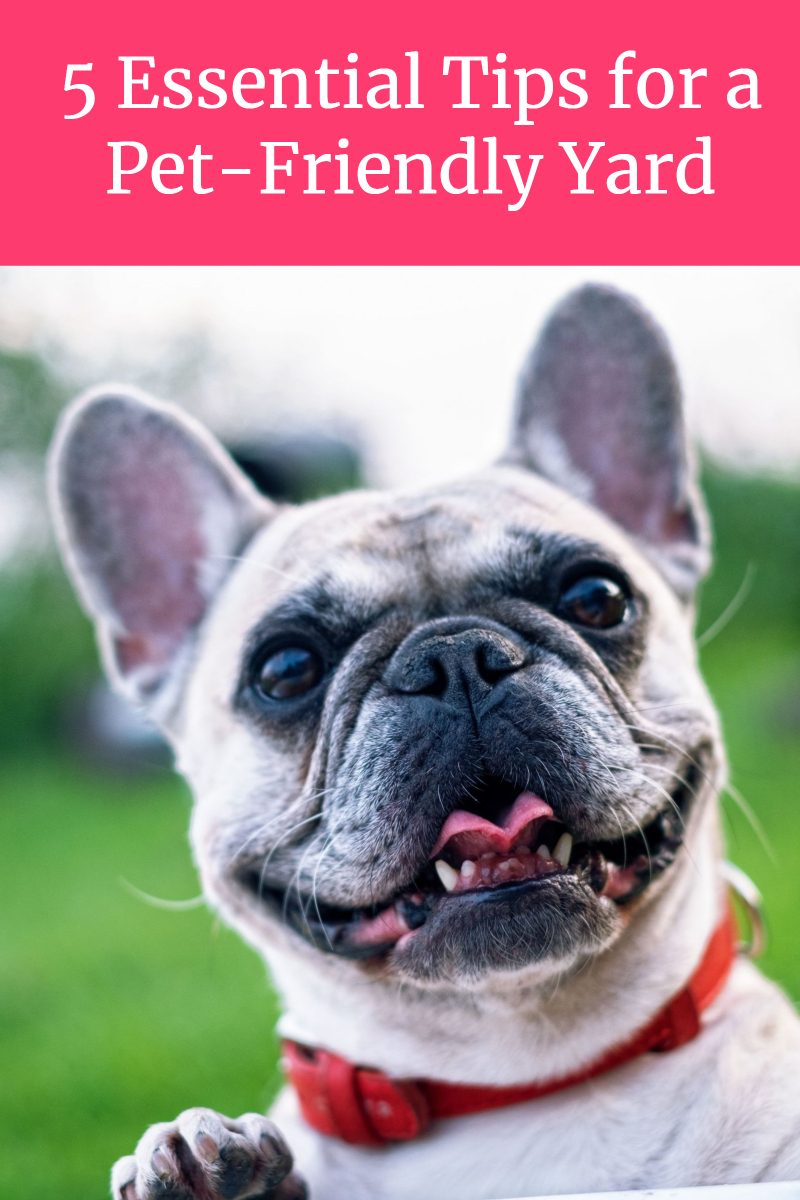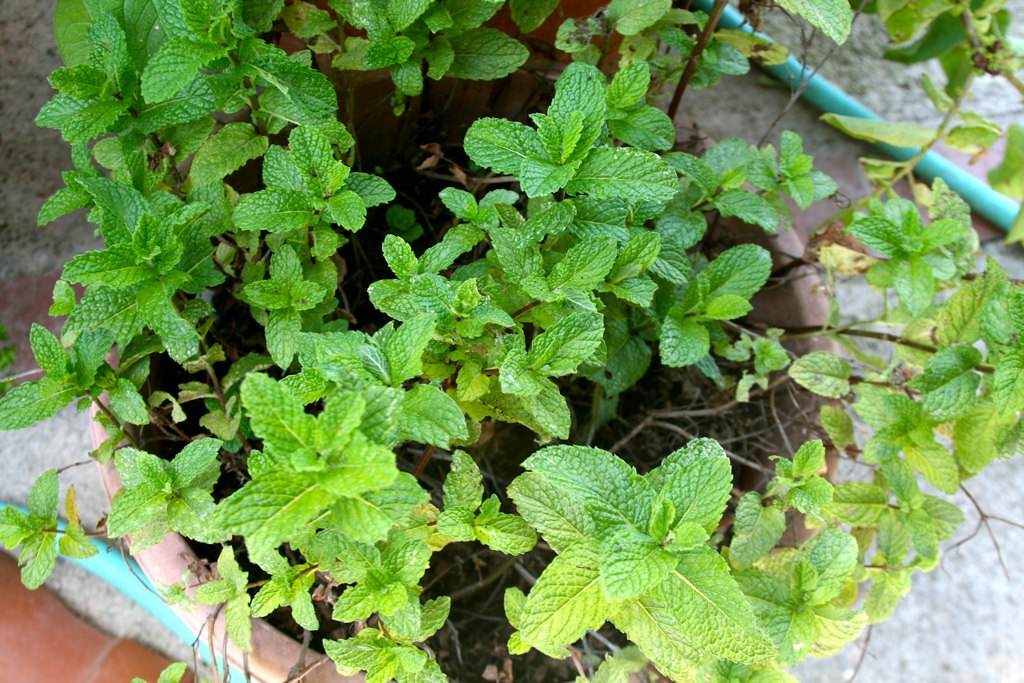It is pawsible to have a beautifully landscaped yard that’s also perfect for your dog or cat. Animals enjoy the outdoors even more than their owners. However, leaving them outside baking in the hot sun or freezing in the winter can leave you in the doghouse! Here are five tips for a pet-friendly yard.
Must-Know Tips for a Pet-Friendly Yard
1. Provide Plenty of Shade, Shelter, & Water
You don’t have to build a doghouse to shelter your pet. A few large trees and a spot under a picnic table or awning is enough to prevent them from getting sunburned or suffering from heatstroke.
For their water needs, consider adding a fountain or pond to your yard. This will give your dog the option of paddling around to cool off or getting a drink when he’s thirsty. While cats tend to avoid water like the plague, they appreciate a spot to stop and get a drink. A word of warning: any water feature has to have an accessible exit. Many dogs have accidentally drowned after falling into a swimming pool.
3. Plant Wisely
Many plants are dangerous to pets. If your four-legged friend decides to munch on your azaleas, tulips, lilies, hydrangeas, or chrysanthemums, you’ll have one sick puppy! Aloe and American holly are attractive to cats…. but deadly. Avoid thorny plants and bushes that could easily injure them. Look for plants that can be beneficial to your pets. Lavender, rosemary, and mint can repel fleas and mosquitoes. Blueberries and strawberries also keep the pests away, but you may have to install netting or a border fence around those plants to keep your dog and cats from eating and peeing on them.
Related:199 Poisonous Plants to Keep Away from Your Pets
4. Choose a Hardy Grass
While some pet owners choose an artificial turf to keep dogs from tracking in dirt and mud, dogs and cats prefer the real thing. They love to run, roll around on and pee on a real lawn. The heavy traffic can take a toll on the grass blades, and Spot’s urine can leave patches on your lawn. Bermuda, Fescue, Perennial Ryegrass, and Kentucky Bluegrass can take a beating. You’ll want to keep it mowed to avoid ticks and fleas, but leave the blades about three inches tall to maintain grass health. Dogs and cats also prefer to munch on tall fescue. Don’t worry, as long as you’re not using dangerous chemicals, a little grass won’t hurt them. We recommend installing artificial grass in Mission Viejo, CA, as they are chemical-free and, thus, safe for dogs.
5. Fertilize & Mulch Carefully
Use organic fertilizers and herbicides. Many pesticides are deadly to pets. If you must use chemicals, keep your animals away from the treated area for at least 24 hours. Mulch can be just as dangerous as well. Shredded hardwood mulch works fine in most gardens, but it’s important to read the labels carefully. Cocoa mulch contains theobromine, the same chemical that makes chocolate poisonous to dogs.
6. Use Pet-Friendly Borders
Metal edging around your flower beds and vegetable gardens do little to keep the pets away, but they can cause injuries. A low fence or rock and wooden border work much better, and there’s less of a chance of your dog injuring his paws. Pebbles will keep some dogs and cats out of an area, but small stones can sometimes get trapped in their paws.
Let’s face it, pets and perfect yards don’t go together. You’ll find yourself reseeding often to get rid of Spot’s spots. You can mitigate the damage by giving him his own place to mark. (Maybe a wooden log in the corner of the yard.) Don’t be afraid to let your animals roam free, as long as you follow these five tips for a pet-friendly yard.







Great tips!! Our dog loves laying in the grass!
This is excellent information. I would want to make sure we take care to watch to do these tips for having a pet!!
This is a great list of tips! Plants can be really bad if they chew on the wrong kind.
Great ideas. I like pet friendly yard. My dogs can run around and it’s an adventure.
My yard could be the poster yard for what you don’t want a yard to look like. My darling daughter moved in with her Italian Mastiff who then had 11 puppies. Need I say more? :/
Pets often feel like family members and it’s super important to think of all aspects of their safety. Great tips about the types of plants to avoid! We know about the food to avoid with a dog but poisonous plants are dangerous too.